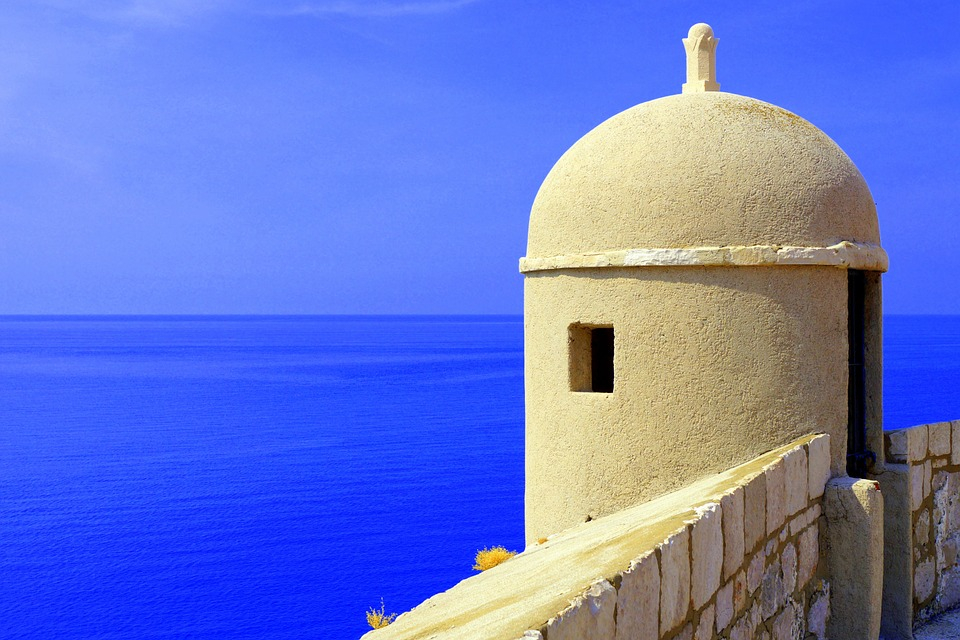As Morski/Ivo Batricevic writes, on the slipways of the Cantiere Navale Triestino shipyard in Monfalcone, the Kaiser Franz Josef I passenger ship was built in 1912 for the shipping company Unione Austriaca di Navigazione.
It had a 12567 GT, was 152 metres long, 18.9 metres wide, could accommodate 125 passengers in the first, 550 in the second and 1230 passengers in the third class. The main propulsion piston steam engine with a power of 12,800 hp produced by the Scottish D. Rowan & Co in Glasgow enabled it to sail at a speed of 17 knots. Until 1925, the vessel used garbun to drive the steam engine, and later diesel fuel, writes the chronicler Ivo Batricevic for local portal Dubrovacki dnevnik.
The Kaiser Franz Josef I ship was destined for voyages from the Italian town of Trieste to New York, calling in along the way to the ports of Dubrovnik or Split, Patras, Palermo and Algeria. It made his first commercial voyage on a tourist cruise departing from Trieste on May the 8th, 1912 with the following itinerary: Pula – Dubrovnik – Corfu – Malta – Tunisia – Ajaccio – Nice – Taormina – Katakolon – Kotor – Split – Zadar – Trieste. But as World War I broke out just a couple of years later, the ship found itself in Trieste where it was dismantled and almost undamaged, waiting patiently for the end of the devastating war to come.
After the First World War finally drew to a close, the Kaiser Franz Josef I ship changed its name to Presidente Wilson
The well-preserved liner ended up in Italian hands under the name General Diaz in the fleet of the shipping company Cosulich. In May 1919, for the same shipowner with the new name Presidente Wilson, it undertook the first overseas voyage from Genoa via Marseille all the way over to New York. However, the next voyage departed from Trieste via Messina and Naples, and then headed on to New York. Initially, it mainly transported soldiers on their way home, and later on, it undertook its very first commercial trips.
Presidente Wilson first sailed into the port of Gruz in Dubrovnik on the 27th of February 1921 while sailing a regular route from New York via Algeria, Naples and Patras. It sailed like this regularly until April the 9th, 1927, when it bypassed the Port of Dubrovnik and began to dock in the larger port of the City of Split, a little further north in Central Dalmatia. The Dubrovnik public of the time was indignant at the indifference of the city administration to this, as they had allowed Split to snatch such a prestigious deal from Gruz. Because, in addition to a lucrative deal with immigrants, most travellers would take the opportunity to tour Dubrovnik while the ship was docked, which brought great benefits to domestic traders and carriers.
The ship’s passengers toured Dubrovnik and liked what they saw…
On the occasion of this vessel’s arrival in November 1923, the local weekly “Narodna svijest” noted that “24 passengers and 400 bags of mail disembarked from the ship. Many travellers disembarked at the end, toured our city, and were enchanted by the romantic natural beauty of our region. Thus, Presidente Wilson, although employed in regular passenger sailing, became the initiator of the first organised tourist visits to Dubrovnik after the First World War. That’s why the grief and anger over its departure in 1927 to Split was so great among Dubrovnik’s residents.
However, the people of Split didn’t enjoy this ship’s visits for all that long either. As early as mid-1929, The ship interrupted its regular travels to join Lloyd Trieste’s fleet in 1930, for which it sailed for the Far East under the name Gange. As early as 1936, it changed its owner and name again. The fleet of the Trieste shipping company Societa Adriatica di Navigazione had by then been refurbished and modernised, under the name Marco Polo.
The former Kaiser Franz Josef I returned to Dubrovnik on August the 18th, 1937 carrying 208 passengers and 229 crew members, then sailing for the last time to Croatia’s southernmost city on July the 17th, 1939 with 130 passengers – never to return again. It was soon dispatched to the port of La Spezia. With the capitulation of Italy, the ship passed, much like everything else, directly into German hands. Due to the danger of Allied attacks from the sea, on May the 12th, 1944, the Germans mined and sank the ship in order to block the entrance to La Spezia. It remained lying on the seabed until 1949, when it was pulled back up to the surface and cut into scrap iron in La Spezia by the end of the following year.
For more on Croatian maritime history, check out our lifestyle section.








